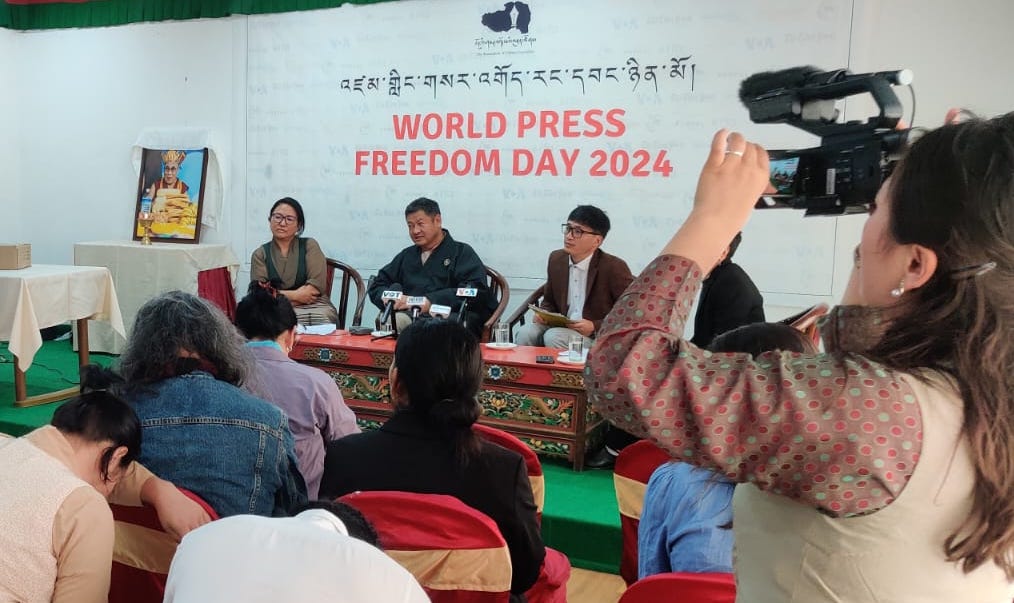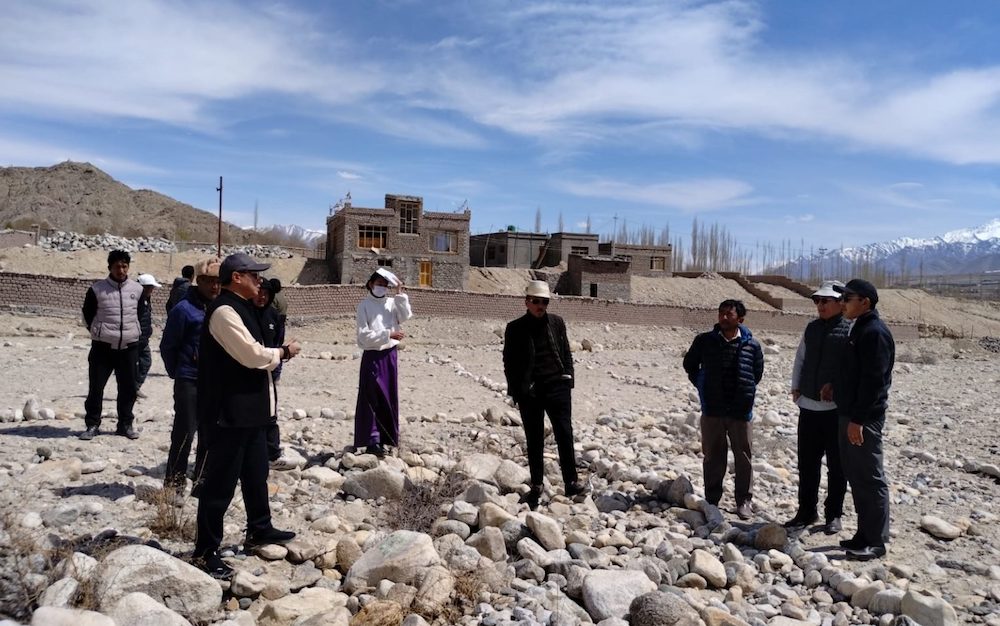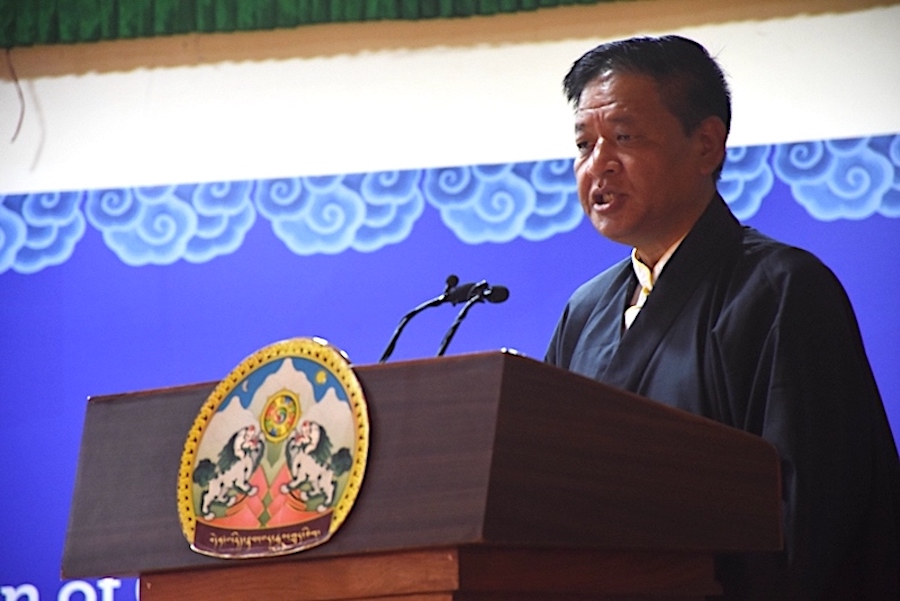URUMQI, China — The petite Muslim woman with the sky-blue head scarf began by complaining that the public washrooms were closed at a crowded mosque Friday — the most important day of the week for Islamic worship.
When a group gathered around her on the sidewalk, Madina Ahtam then railed against communist rule in China’s far western region of Xinjiang, rocked by ethnic rioting that has killed at least 184 people this week.
The 26-year-old businesswoman led the crowd of mostly men in a fist-pumping street march that was quickly blocked by riot police, some with automatic rifles pointed at the protesters.
The incident was one of many examples of how Muslim women have been taking bold leadership roles after the deadliest communal violence in decades in the Xinjiang region. As the communist government launches a sweeping security crackdown, the women have faced down troops, led protests and risked arrest by speaking out against police tactics they believe are excessive.
Chinese leaders have alleged that a woman masterminded the rioting in Xinjiang’s capital, Urumqi. They blame activist Rebiya Kadeer, a 62-year-old businesswoman who was once the government’s favorite Uighur success story. But she began criticizing communist rule, served time in prison and eventually went into exile in the United States. She has repeatedly denied instigating the violence.
Women have been on the front line in Urumqi partly because more than 1,400 men in the Muslim Uighur minority have been rounded up by police since ethnic rioting broke out July 5.
China’s official Xinhua News Agency said late Friday that the death toll has risen to 184, with 137 of the victims belonging to the dominant Han ethnic group. The Han victims included 111 men and 26 women, the report said. The rest of the deaths were 45 men and one woman who were Muslim Uighurs, along with one man of the Hui ethnic group, Xinhua said, citing the information office of the regional government.
The violence came as the Uighurs were protesting the June 25 deaths of Uighur factory workers in a brawl in southern China. The crowd then scattered throughout Urumqi, attacking Han Chinese, burning cars and smashing windows.
Many Uighurs who are still free live in fear of being arrested for any act of dissent.









